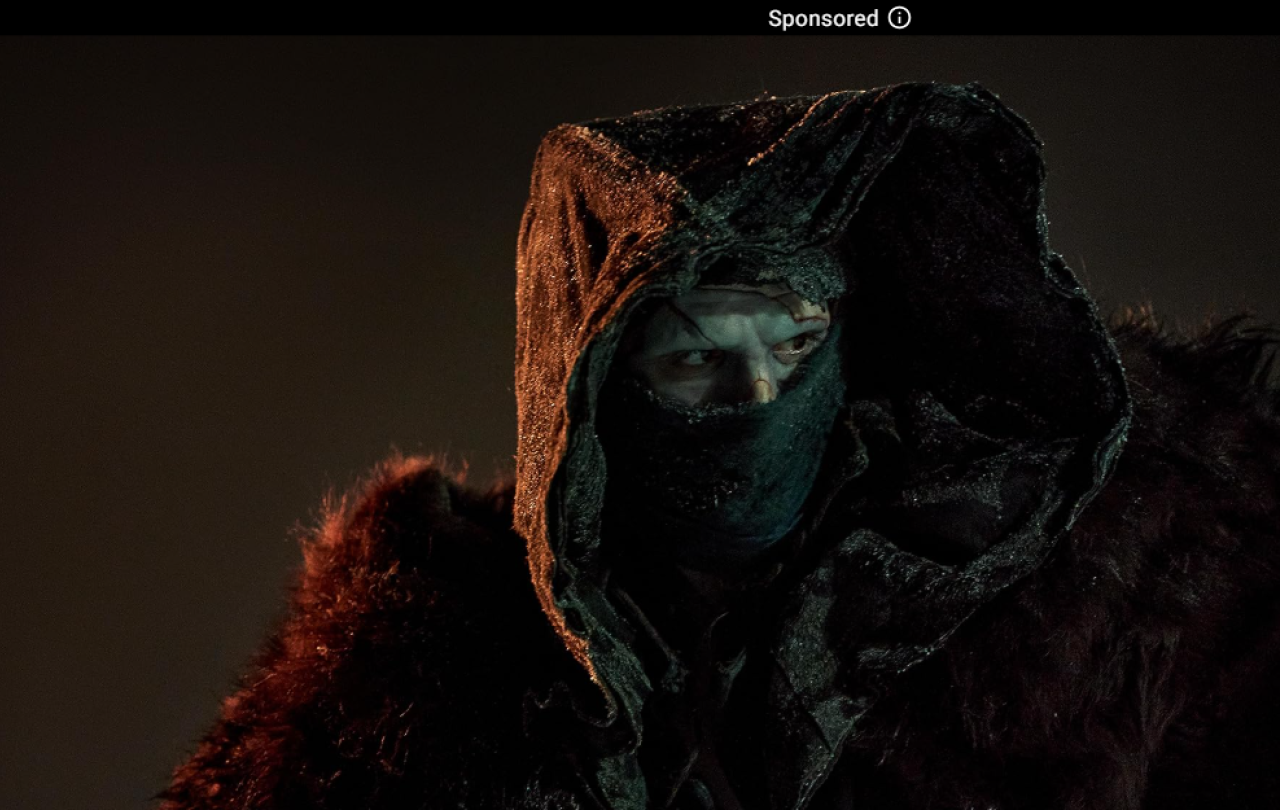
In the morning news; a headline about the decline of a species. Thankfully not a rare rhino or butterfly this time. It’s a punctuation mark. The semi-colon is an increasingly endangered creature. According to recent research it has declined in use by 50 per cent in the past two decades. This on top of a 70 per cent slide in usage between 1800 and 2000. Further research suggests that 67 per cent of students rarely use it and over 50 per cent wouldn’t know how to anyway.
I’m kind of indifferent on the merits or otherwise of the semi-colon. But I at least appreciate the option. So, its value feels worth defending. Who knows what unintended consequences in the ecology of language might occur if we lost it all together?
The semi-colon was invented in the 15th century by a scholar and printer Aldus Pius Manutius the Elder (whose name might have benefited from a semicolon itself). A hybrid between a comma and a colon, the semi-colon invites a pause; it’s a moment to breathe. And it opens enough space to reflect on what might be being said between what went before and what comes after. It signals a kind of meaning in the gap. It creates a hint of resonance beyond the plain meaning of the words of a sentence.
Despite its enthusiastic use by the likes of no less than Jane Austen and Charles Dickens it has certainly come in for some stick over the years. Kurt Vonnegut famously said of semi-colons ‘all they do is show you’ve been to college.’ Who knew two marks on a page could signal such elitism? The semi-colon says, ‘you're trying too hard’. Or it might just say, ‘why did you do that?’, since so many people fail to understand what it represents. Novelist John Irvine reckoned readers ‘think the author has killed a fruit fly directly above a comma’.
So what is killing off the semi-colon? Well, if the statistics above are to be believed it could be as simple as a decreasing understanding on how to use it. Though of course there are feedback loops here. We learn grammar and punctuation as much by reading as by being taught. Others point the finger at the breathless world of social media. As more and more of our communication is constrained by space and time, the semi-colon’s quiet request for a pause for consideration is being largely ignored.
We need semi-colons if our lives are to be more than just an incessant flow of connected moments .
If this is the case then the semi-colon is another species within a kind of mass extinction which is the result of the great acceleration of our age, alongside the coffee break, lunch break, walk round the block and long stare out of the window. These are simply things that we don’t have time for anymore; we wonder if they had any value in the first place. The semi-colon is largely being replaced by the dash. Which is pretty ironic when you think about it.
Perhaps concern over the loss of this little mark is in an awareness that it’s a kind of canary in the gold mine of our culture of acceleration. The loss of the semi-colon is a sign of the loss of something far more significant: the rhythms and cadences of our lives that afford pause, reflection; that open up the kind of spaces where creativity; meaning; imagination; spirituality happen.
The semi-colon reminds me, strangely, of the Hebrew psalms. The monastic tradition includes regular communal singing (or saying) of the psalms. Typically, these poems, which formed such a key part of Hebrew worship, work on the basis of what is known as parallelism. Essentially each thought in a psalm is composed as a sentence in two lines. The two halves of these sentences are parallel, in the sense that they both make statements about the same thing. Sometimes these statements say the same thing differently. Sometimes one half of the sentence builds on another. There are endless creative ways in which the psalmists use this simple device.
When psalms are used in prayer or worship parallelism is often observed by introducing a pause at the end of the first half of the sentence. It's an odd tradition if you are not used to it. An established monastic community naturally feels the length of pause together. Visitors to a service in a monastery often end up coming in early.
Yet, with time you begin to realise these pauses are a wonderful thing. The pauses create a rhythm and time signature that invites reflection. The pause says ‘take your time, there’s a lot of meaning here in all these similes and metaphors, what might they mean to you?’ Perhaps even ‘what, in this moment to breathe, might God be saying to you?’
There’s a feeling for so many of us that life is starting to feel a bit like the final chapter of James Joyces’ Ulysses: devoid of punctuation. We need semi-colons if our lives are to be more than just an incessant flow of connected moments. And we need to learn how to use them. We need practices that make space for the undervalued attributes of reflection, daydreaming, prayer. In that sense saying the psalms may be a practice worth giving time to.
Celebrate our 2nd birthday!
Since Spring 2023, our readers have enjoyed over 1,000 articles. All for free.
This is made possible through the generosity of our amazing community of supporters.
If you enjoy Seen & Unseen, would you consider making a gift towards our work?
Do so by joining Behind The Seen. Alongside other benefits, you’ll receive an extra fortnightly email from me sharing my reading and reflections on the ideas that are shaping our times.
Graham Tomlin
Editor-in-Chief





